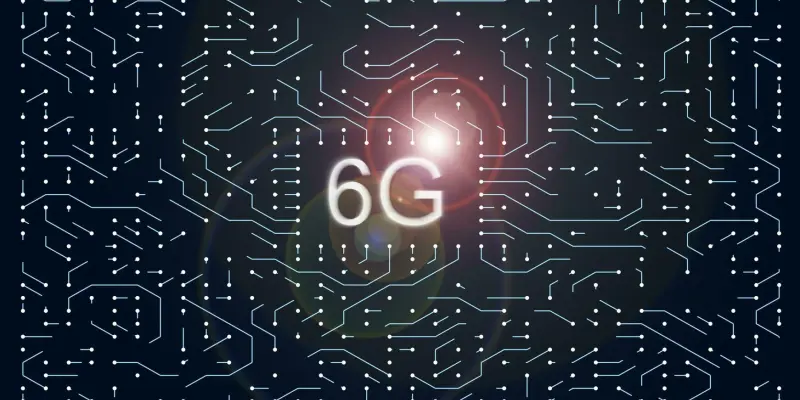In a bold vision to shape the next era of wireless communications, Europe has set an ambitious plan to lead the 6G technology revolution by 2030, aligning with the increasing global demand for high-speed, intelligent network systems. As the world increasingly relies on interconnected digital landscapes, Europe’s strategy marks a crucial shift toward innovation, collaboration, and a sustainable approach to technology-driven economies. Central to Europe’s efforts is the development of an advanced framework that elevates its competitive position and establishes new global standards in wireless communications. This endeavor is underpinned by strategic projects like the Smart Networks and Services Joint Undertaking (SNS JU) and SNS CO-OP, which aim to unite policy, industry, and scientific innovation to accelerate technological progress. Europe’s roadmap for deploying 6G by the end of the decade includes investments in research, infrastructure, policymaking, and international cooperation, ensuring that the continent emerges as a leader in this transformative digital era.
Driving Technological Progress through Concerted Initiatives
Europe’s pursuit of leadership in 6G is characterized by a series of strategic initiatives designed to propel technological advancements across various sectors. The continent seeks to not only compete but set the pace in the global race for digital leadership. Key projects, notably the SNS JU and SNS CO-OP, play a vital role in coordinating more than 79 individual research initiatives focused on delivering practical applications for future technology. Collaboration among various sectors, including industry leaders, small and medium-sized enterprises (SMEs), research institutions, and academic platforms, is integral to these efforts. Planned trials in fields like smart energy systems, connected healthcare, and advanced industrial automation are set to assess the functionality, reliability, and scalability of new 6G technologies well in advance of full-scale commercial rollouts. Innovation ecosystems are cultivated through efforts to complete Europe’s Digital Single Market, which supports seamless 6G network deployment across borders, fostering cross-European innovation and service delivery. The SNS JU acts as a cornerstone in aligning 6G advances with strategic goals, promoting a holistic approach to innovation by engaging stakeholders throughout the digital value chain. This coordinated approach ensures Europe maintains a competitive edge in both technological advancements and regulatory foresight, positioning it at the heart of the forthcoming digital transformation. With rigorous coordinated efforts, these initiatives facilitate Europe’s proactive preparation to define the next decade of connectivity.
Beyond Speed: Merging Connectivity with Sustainability
While 6G promises to deliver data rates exponentially higher than current 5G systems, Europe’s approach is not simply about enhancing speed; it also emphasizes sustainability and a green, resilient digital economy. Future networks are anticipated to be highly energy-efficient, aligning with Europe’s broader environmental targets. As digital interactions escalate, embedding sustainability within technological frameworks becomes imperative. The merging of cyber-physical domains stands as a key feature of 6G, fostering revolutionary experiences such as advanced autonomous vehicles, high-fidelity holographic communications, and immersive mixed-reality environments. These developments redefine human interaction with technology, encompassing areas like healthcare, energy, and mobility. Europe’s strategic plan includes vital partnerships with international players, underscoring the necessity of global cooperation for 6G leadership. Projects like Hexa-X and 6G-PATH exemplify efforts to establish transatlantic and international collaboration, aligning technical standards, sharing research insights, and crafting interoperable frameworks. These initiatives are crucial for ensuring that 6G technologies are universally accessible and offer shared benefits. By fostering international collaboration, Europe aims to build a comprehensive ecosystem where 6G technologies seamlessly integrate, benefiting global digital societies.
Pioneering a Connected Future
Europe is embarking on an ambitious plan to spearhead the 6G technology wave by 2030, responding to the surging global demand for fast and intelligent network systems. As societies around the world increasingly depend on interconnected digital networks, Europe’s strategy represents a pivotal move towards fostering innovation and collaboration, with a focus on sustainable technology-driven economies. At the core of Europe’s plan is the development of a sophisticated framework designed to not only enhance its competitive stance but also set new global benchmarks in wireless communications. This initiative is supported by strategic projects like Smart Networks and Services Joint Undertaking (SNS JU) and SNS CO-OP, which aim to unify policy, industry, and scientific innovation to speed up technological advancements. Europe’s roadmap for 6G deployment by the end of this decade involves substantial investments in research, infrastructure, policymaking, and international collaboration, positioning the continent to lead in this era of digital transformation.

